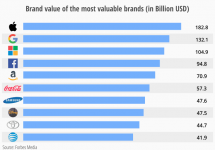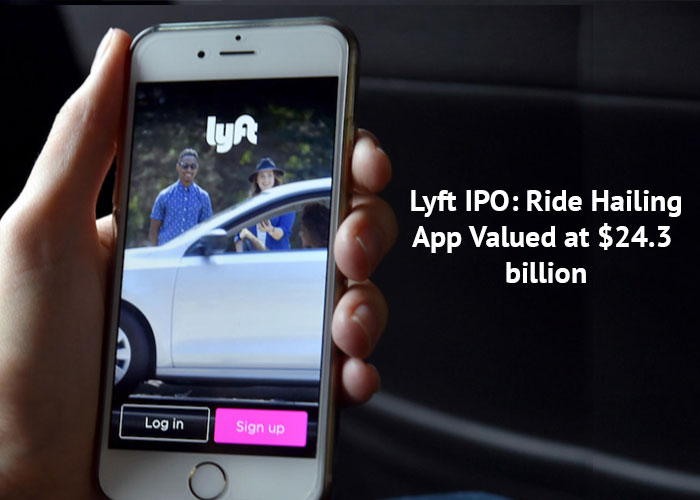
A ride sharing company, Lyft was in the news recently. As per Wall Street Journal reports, the company with a valuation of about $24.3 billion made its Nasdaq debut. It came under the biggest tech IPO this year. The company was launched in 2012 by its founders Logan Green and John Zimmer.
The organization that started with a $6 million financing, valued about $15.1 billion in June. The two most popular car sharing leviathan Lyft and Uber, have been in a constant race to the public market flaring up a price battle to impress the investors.
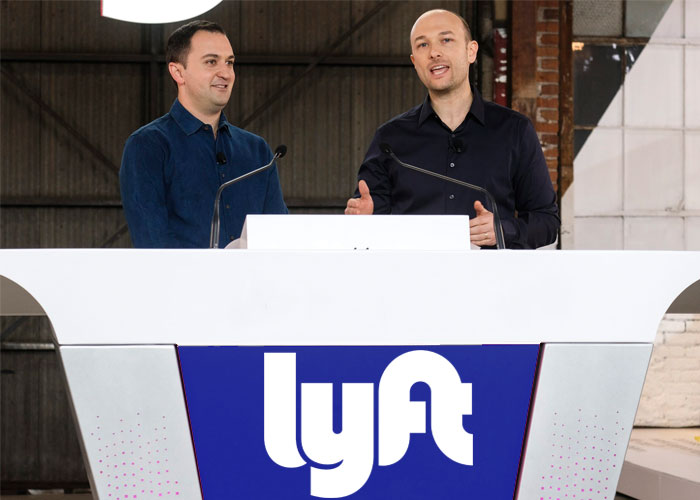
The market value of Lyft just doubled itself; making the prediction of private investors to be false. These investors valued the company just half of what it is today, almost a year back. The shares of this ride-hailing company rose about 9 percent this Friday.
It has been seen that Lyft is seeking a valuation of about $24.3 billion through its initial public offerings. For about more than 30 million people across North America used Lyft, helping it to generate an amount of $8.1 billion through gross bookings and up to $2.2 billion in revenue. Apart from all this, the net losses of the company were found out to be $911 million in the year 2018, according to Statista.
The net revenue generated per ride was about 20%-30% after giving most of its share to the driver. The current cities are the United States and Canada where Lyft operates as compared to the Uber’s global presence. Uber is present in many areas internationally, showing its substantial growth potential worldwide. Lyft has been tightly focused on its core ride services keeping its finance as a secret.
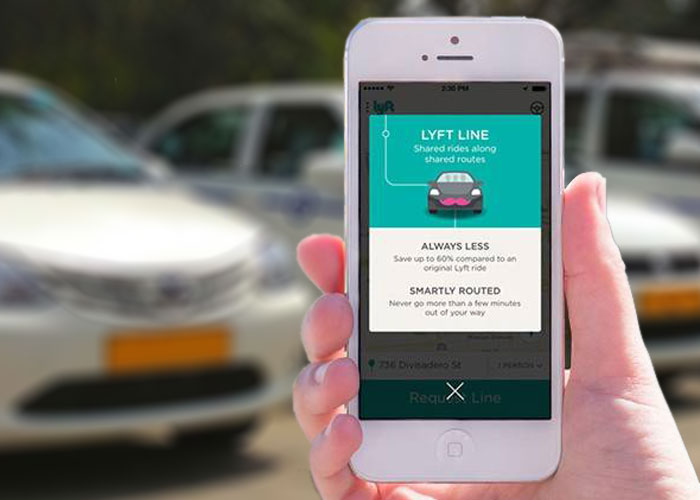
The company in an updated filing said that it desires to raise as much as equal to about $2 billion from the road show. Lyft is the first ride-hailing company to be gone public and land among the biggest tech IPO of the year. The company has made itself a driver friendly alternative as to Uber.
Lyft has been benefited tremendously from a series of scandal that swayed Uber in the year 2017. The inclusions in this rumour were allegations of sexual harassment by females, forceful resignation of its Chief Executive Officer and its bootleg use of the software to betray regulators. Due to all these incidents a #DeleteUber campaign rushed on social media. This propaganda helped Lyft to captivate new drivers and customers with economical marketing and promotional costs.
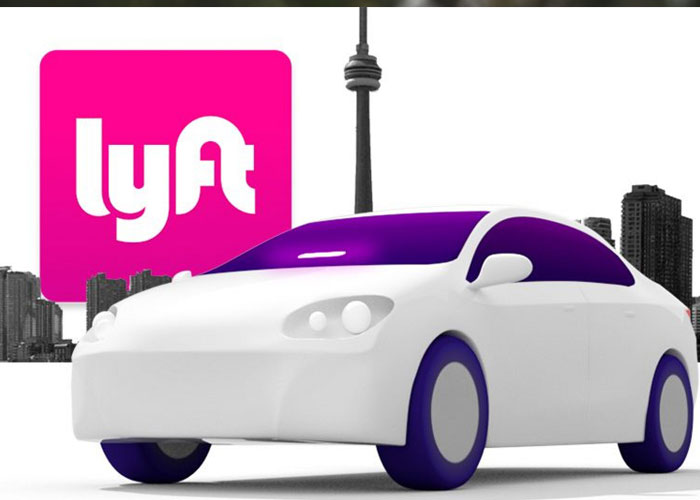
It has been found that the IPO of this firm will provide a boost in its funding as it shall continue to subsidize the rides by attracting passengers with their promotional techniques. According to sources, the U.S. market of Lyft rose to 39 percent, from 35 percent in early 2018.
The company expects a rapid investor growth in the United States through its easy and uncomplicated business model. Lyft focuses on selling the rides to customers in cars, bikes and scooters. This is based out of customers choice and preference of the vehicle.
The company saw a growth of over 100 percent in the active riders during 2017 and 60 percent in 2018, helping it to reach over 16 million in total. The average ride per user has seen a growth over the years but in a slow pace. It has been forecasted that the increase in total rides can be nearly 50 percent to over 900 million for the year 2019 as compared to 2018 with 65 percent expansion rate.
Based on the disclosed number of rides and revenues, the average gross revenue per ride comes out to be approx $13 for the year 2018 and a marginal expectation in increment of the figure in near future. As mentioned earlier, the gross revenue of Lyft in 2018 was nearly about 27 percent from 23 percent in 2017. The numbers were driven by various factors such as improved technology, driver efficiency and a hike in fees and commissions.
Despite the risks and concerns, Lyft enjoys a robust growth anticipation as it has not expanded itself globally. But above all, the company’s expenses are also rising. It spent about $804 million, just the double amount that it did in 2016, on its marketing to acquire new chauffeurs and passengers.
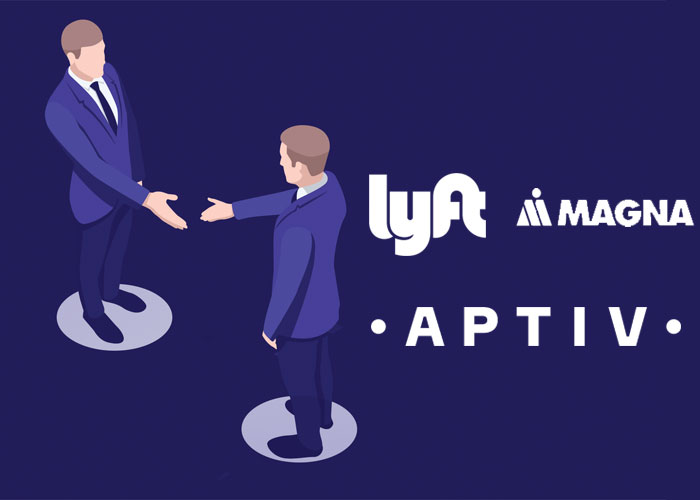
Lyft chose to expand in the market by entering into the partnerships with the car parts supplier Magna International Inc and Aptive Plc General motors as its investor. On the other hand, Uber decided to develop as a self-driving division with any partners or joint ventures.
“With Uber, you will invest in Uber Eats and global expansion,” Wascher said. “Lyft will get investors betting on the U.S. ride-hailing market.”





